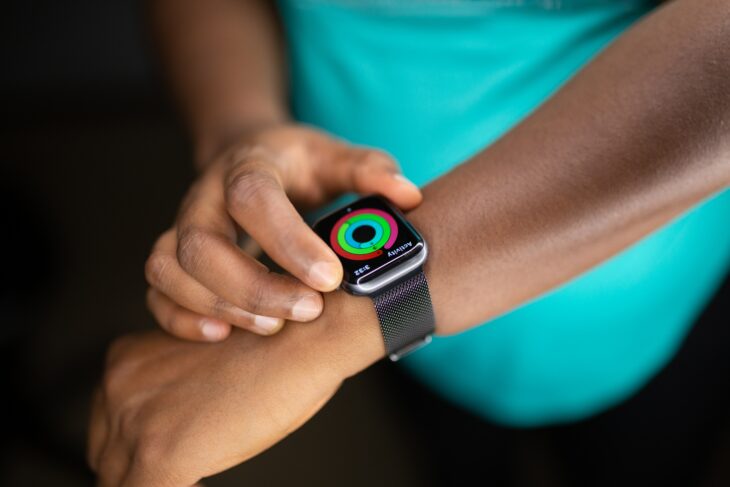Green technology helps generate renewable energy, thereby reducing the use of fossil fuels and associated global warming. One largely untapped source of such renewable energy on our planet is from water.
Water covers more than 60% of Earth and is its largest energy carrier. Less than 0.1% of the total energy contained in water could satisfy global energy demands, yet traditional technologies can only capture a small portion of this energy. About half the solar energy that lands on Earth causes evaporation of water. Materials that are not much bigger than a single water molecule, termed nanomaterials, can capture energy from evaporation due to their tiny size and surface conductivity.
When water molecules move through a tube of carbon atoms, called a carbon nanotube, electrons in the middle of the tube move faster than those on the outside, generating an electric current. This is like how a stream of water flows faster in the inner part of a pipe, since the outer part of the stream is slowed by friction with the pipe wall. Similarly, electrons on the outer edge of water molecules interact with the carbon atoms on the walls of nanotubes, slowing them down.
Scientists have used this mechanism, called streaming, to convert energy from evaporative water movement into electricity. However, this technology is currently limited because carbon nanotubes are non-sustainable and they only produce very low levels of electricity from streaming.
Xiaomeng Liu and colleagues from the University of Massachusetts recently tested an innovative solution to this dilemma. They proposed thin sheets of microbial colonies, termed biofilms, could serve as a sustainable material to generate electricity from evaporation.
They chose a bacterium well known to conduct electricity, Geobacter sulfurreducens. This organism has previously been used in microbial batteries and is known to grow nanowires that conduct electricity. It also makes extensive biofilms that are durable and conductive, which Liu and colleagues hypothesized would be a perfect conduit to capture energy from streaming.
The team examined G. sulfurreducens biofilms with a high-powered microscope. They found the biofilms were composed of bacterial cells situated in a microbially-secreted goo with nano-sized channels running through them. They suggested water could flow through these nano-channels like it flows through carbon nanotubes during evaporation, producing electricity.
To test this idea, they first used a laser to carve out small rectangular slices of thin biofilm and placed each slice of biofilm on a glass slide with 2 gold electrodes across it. When they floated this system in water, it produced around 0.5 volts, or about 10% of the voltage of a standard ipod battery. Removing the water also removed the voltage, confirming that the electricity was coming directly from the water.
The biofilm device maintained a power density more than 10 times greater than what had previously been produced using carbon nanotubes. It was also able to sustain this power output for up to a month. When the team connected multiple devices together, they were able to produce enough energy to power a simple electronic display. They also found the device worked whether the organisms inhabiting the biofilm were alive or dead, unlike microbial fuel cells which require constant feeding to keep the microbes alive.
Next, they sandwiched a biofilm between a pair of mesh electrodes to produce a more sophisticated device. By connecting 12 of these devices in a row, they were able to produce up to 5 volts of energy. The voltage output also increased at higher temperatures with higher evaporation rates, confirming the energy was coming from evaporation.
Finally, they tested whether this type of device could power wearable electronics without any additional energy input. They found a biofilm-based device attached to a volunteer’s arm could sustain an output close to 0.4 volts for up to 18 hours, from nothing but evaporating sweat on human skin. The device was able to power simple wearable sensors, including a pulse monitor and a glucose sensor.
These scientists demonstrated that G. sulfurreducens biofilms could provide a source of electricity from evaporative streaming, but how sustainable is it? They performed similar experiments with other types of microbes and still produced up to half the same energy output. Since biofilms are common in many natural environments, the team suggested this device could be scaled up to sustainably harvest evaporation-based electricity from locally-sourced biofilms.


